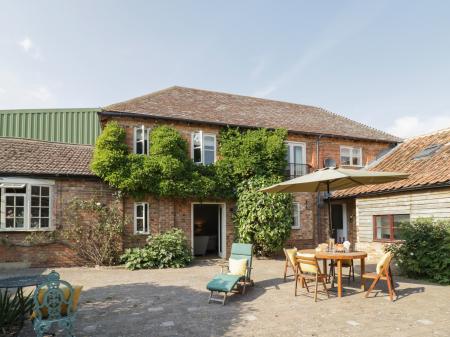
What to See
The Downs are the highest point in Bedfordshire, and as a result, the views from the top on a clear day are excellent, with panoramic views over the Vale of Aylesbury. The Downs are home to wildflowers such as the rare Bee Orchid, and several species of butterfly.
There are 2 historic monuments within the area of the Downs; a medieval rabbit warren on Pascombe Hill, and Five Knolls Bronze Age cemetery. The cemetery contains several obvious circular burial mounds. A skeleton discovered when the mounds were excavated in on display at the Luton Museum.
One landmark that definitely is not of ancient origin is a large lion carved into the sloping side of the chalk hill by the Whipsnade Zoo. The lion can best be viewed off the B489 between Dunstable and Aylesbury.
The Downs are dissected by miles of footpaths including several circular walks allowing visitors to explore at their own pace. You can also take the Icknield Way and Chiltern Way from Whipsnade village to create a circular walk taking in the summit of the Downs. There are free walk leaflets available inside the visitor centre. The National Trust has signposted several popular circular walks; just look for the distinctive waymarks in the style of coloured jewels.
Within the Whipsnade Estate is the Whipsnade Tree Cathedral, a peaceful plantation crested to echo the layout of a medieval cathedral. The Tree Cathedral was created to honour the dead of WWII and to offer a place for faith, hope, and reconciliation. It is an incredibly peaceful place to relax and enjoy the feeling of being immersed in nature.
The National Trust operates the Chilterns Gateway Centre where you can find refreshments, toilets, and a wealth of information on local trails and activities. Below the Gateway Centre on the brow of the Downs is a modern sculpture known as Windcatcher. The sculpture is much more than just an eye-catching focal point; it actually does 'catch' the wind and helps regulate the temperature inside the visitor centre.









